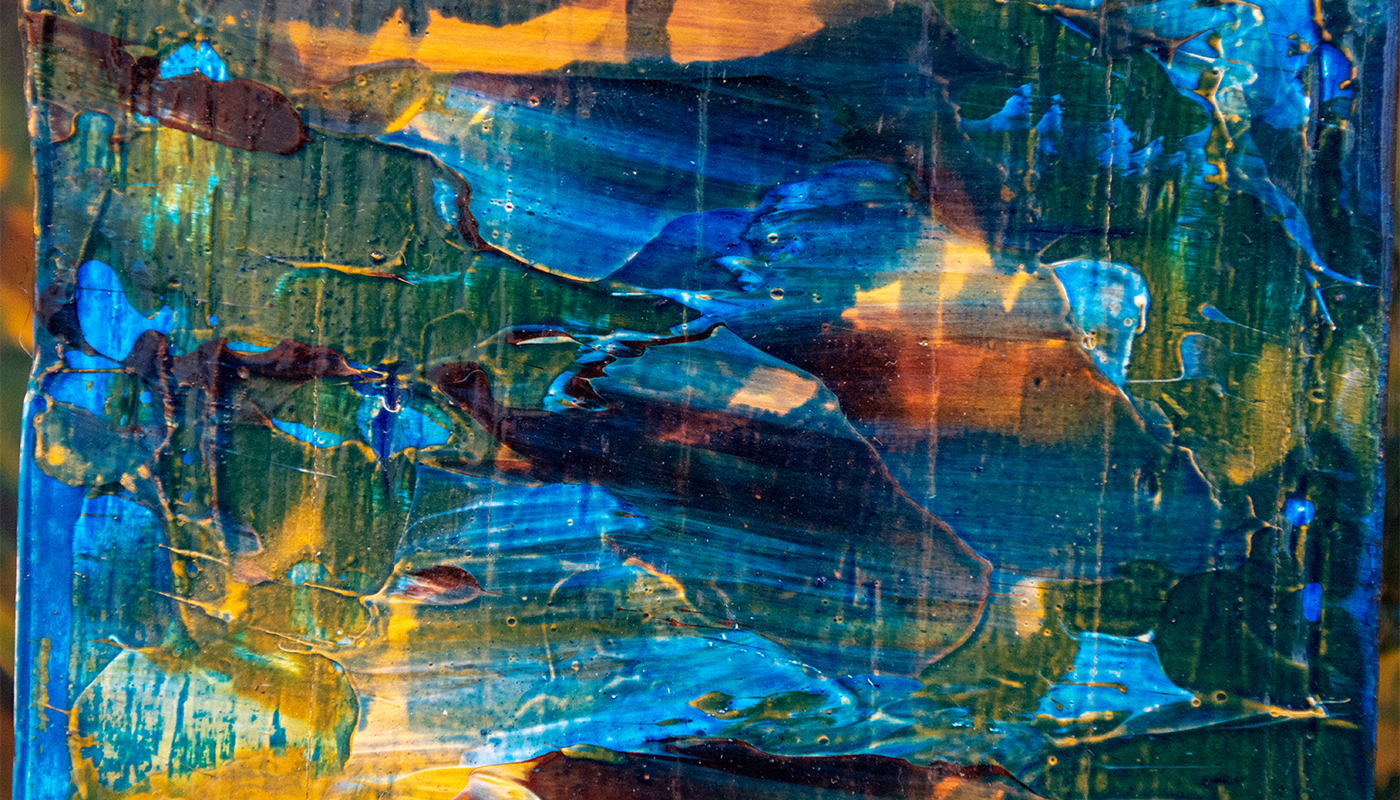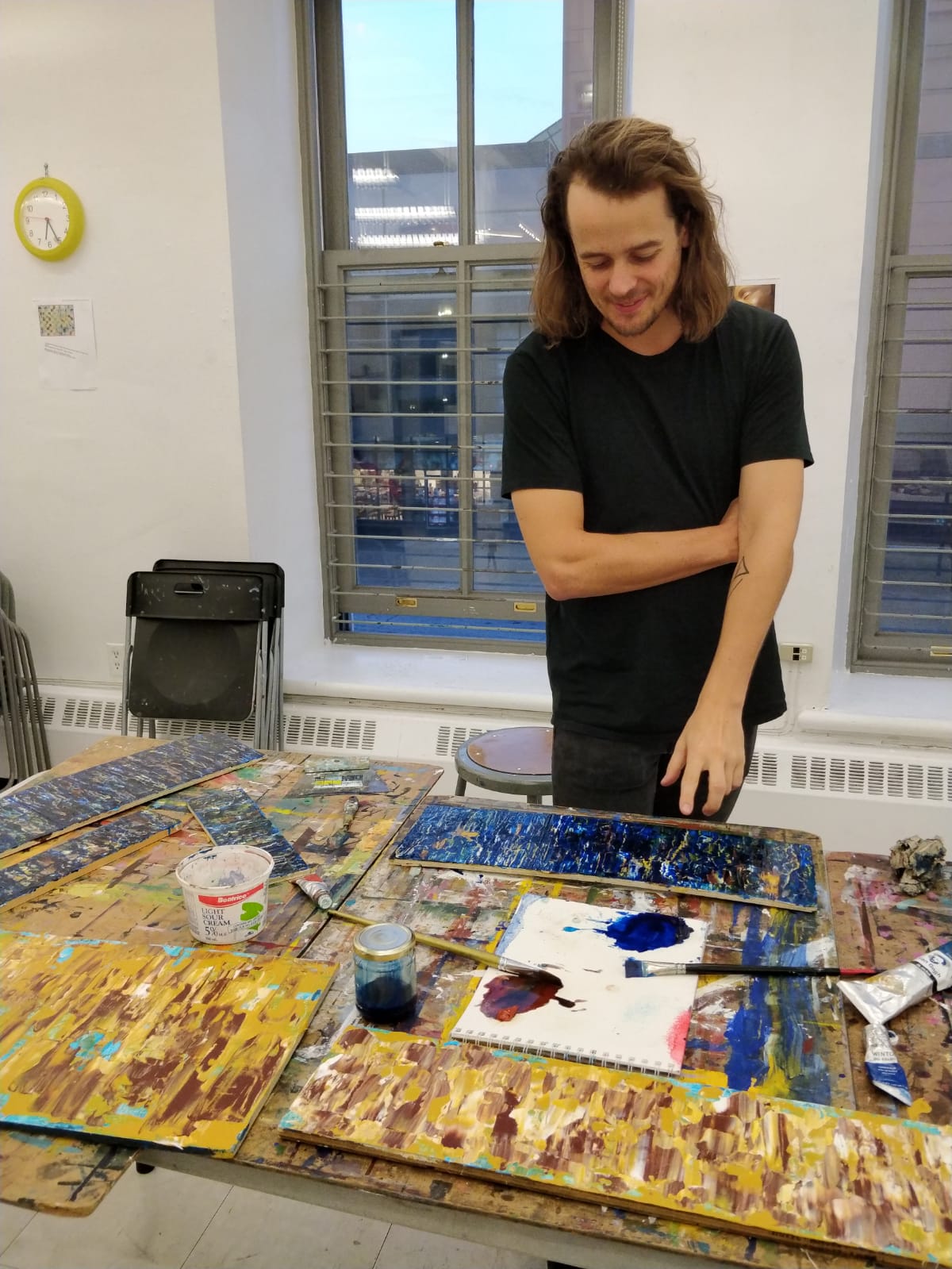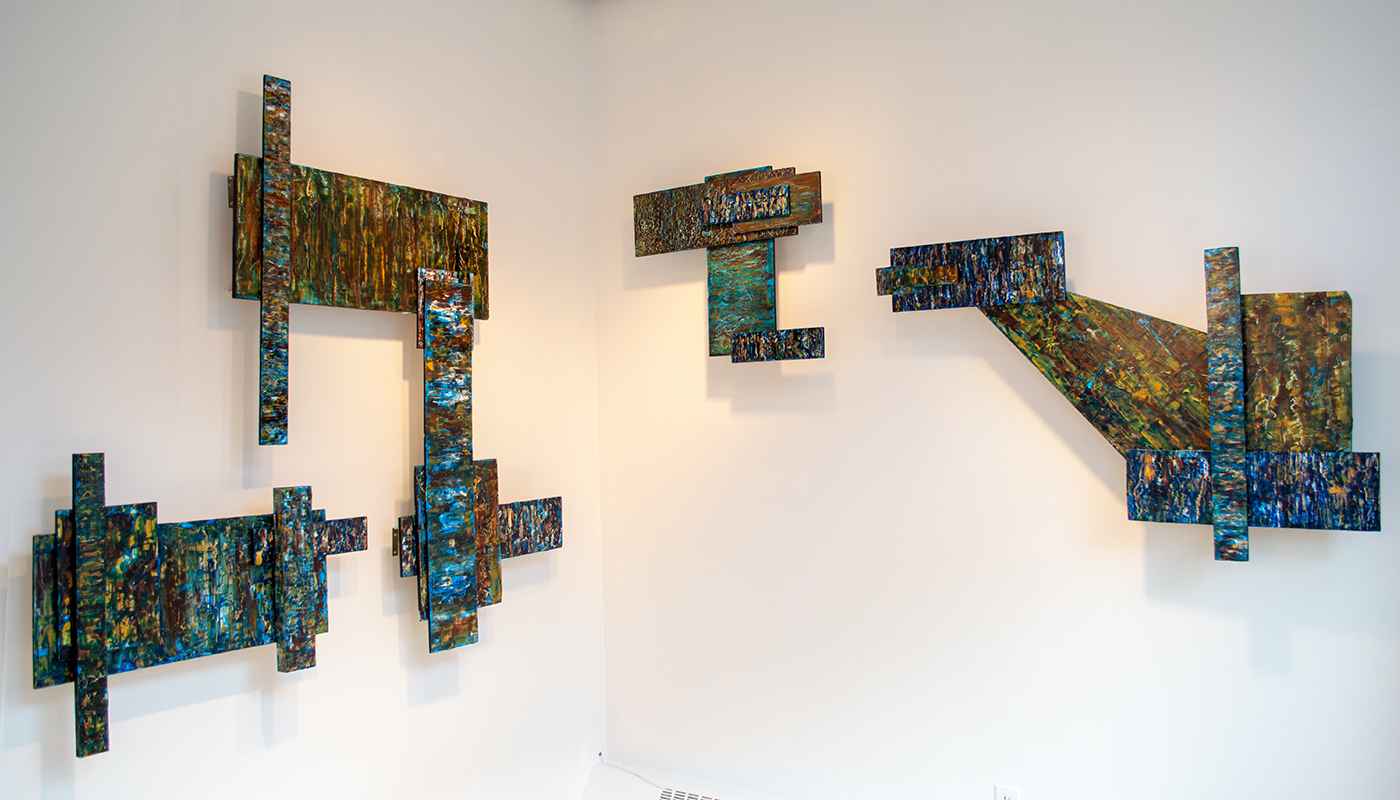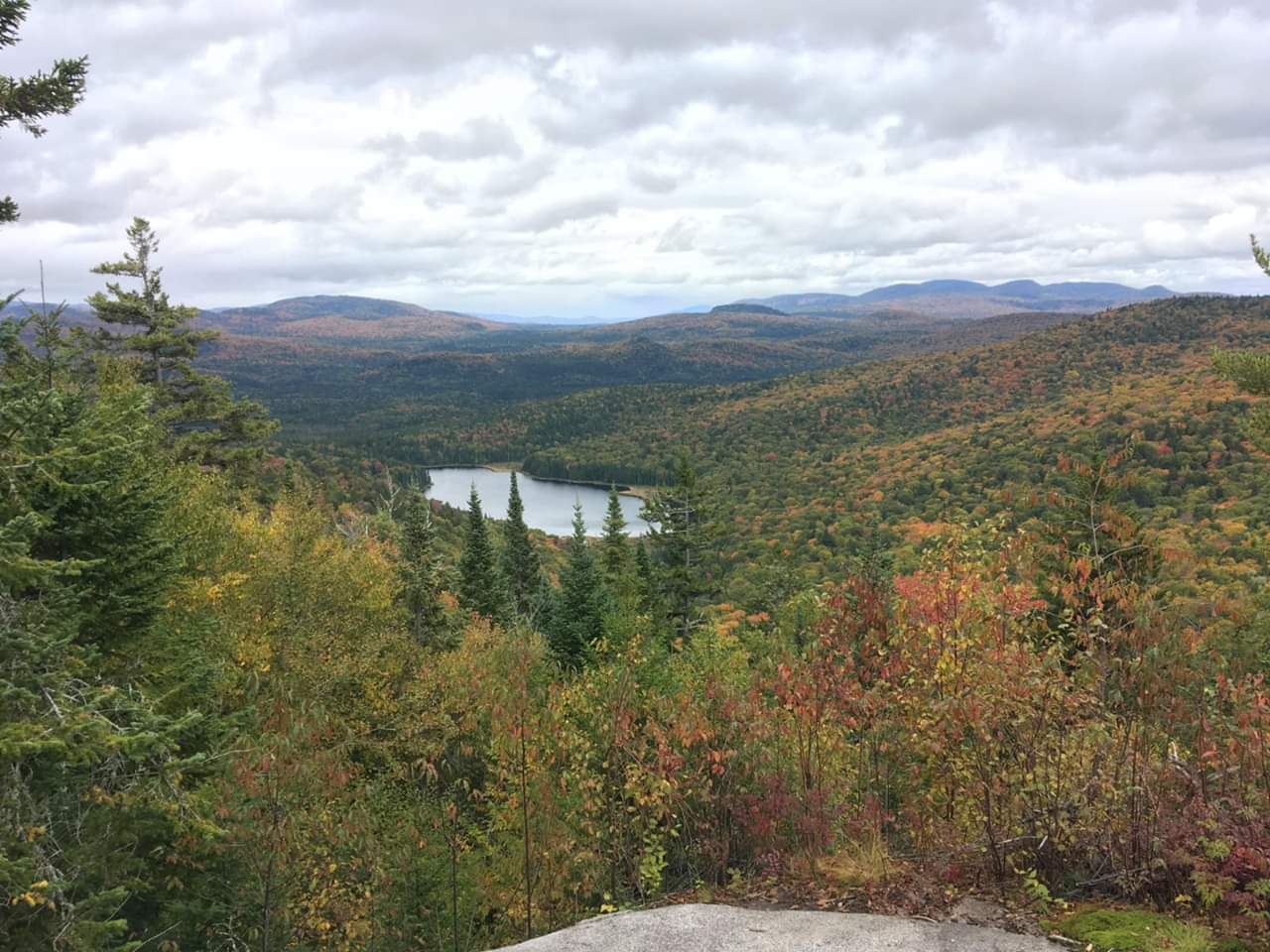 Agenda
Artikelen
Programma
Agenda
Artikelen
Programma

About a year ago I made a daring decision. I quit my part-time job as a high school teacher, and decided it was time for me to go on a residency. Quite the bold decision, giving up your safety net to pursue something which is anything but certain, but it made sense to me. If you want to accomplish something, you must change your metrics and give it an honest go. Even if this means, what would be considered by most, taking a few steps back.
After graduating from the Willem de Kooning Academy (WDKA) as a Fine Art Teacher I came to the conclusion that I’m more of an artist than a teacher. Although teaching is very dear to me, and I still work on a freelance basis, creating makes me curious to discover new things and to study each aspect I encounter in my research opposite to teaching in high school. Being employed in a highly demanding system stood in the way of developing my art to the fullest. As a former teacher of mine stated, “most students come in as artists and leave as teachers. You came in as a teacher and left as an artist.”

The residency at the Ottawa School of Art (OSA) gave me a proper push forward. It allowed me, for the first time since art school, to work, think, write, discover, and create undisturbed for as long as I wanted. This freedom of mind is something every artist should be allowed to experience. Every ‘emerging artist’ should allow themselves to start their quest for success, without being afraid of failure. This road is different for everyone, but mine started by quitting my job and channelling my energy into projects I believe are worth doing.
Crisis cycle
While teaching, I often found the two parts of my life in conflict. In a week, I would switch between marking tests, preparing classes and talking with parents to going to openings and working in my studio. Going from this schedule, to having unlimited time to create during my residency felt like a liberation. It allowed me to re-think what I had been doing until then, which resulted in a crisis on the relevance of my work. When this happens, I struggle to see why I do what I do, and am unable to put into words the urge I feel towards creating. These periods always occur once or twice during a project, and show themselves typically at the start, and just before constructing the final piece. In these periods, a lot of time is spent drinking coffee and staring out windows, until I decide that I’ve done that for long enough. One thing that always helps is to create something, and trust that the process of creating will lead me in the right direction. This specific approach took me back to the core of my work, researching materials and their possibilities without overthinking whether or not there is relevance to what I do.

Where does my work start
In my opinion, the base of looking or observing is always colour, shape and structure. These are the essential elements we first perceive, and from these elements we construct meaning, emotion and message. During my residency, I did an elaborate study into these elements by using a different combination of paints, and testing them with different mediums on panels. In completing this research I didn’t just stay in my studio, I went out to galleries, museums, and most importantly, Canada’s vast nature. Of all the things I saw in Canada, nature had the most significance on my development. Seeing the impact of those bright autumn colours stretching all the way to the horizon is something I will never forget.
Canada’s influence
I observe nature the same way I observe art. I see an interaction of colour, shape and structure. Although there is no direct link to nature in the work I create, I find that what I’ve seen in Canada’s wilderness was very inspiring. For example, the peculiar skin-like structure on the surface of the protected Arbutus tree, or the way shapes in nature create a play of lines, are all of great significance to me. Nature, and your environment in general, offers you countless new insights and colours that you would never discover if you locked yourself in your studio for weeks-on-end. Indirectly, the ecosystems I observed in Canada changed my colour palette. Where my work used to consist of primarily darker tints, I started to use bright yellows and reds during my residency.

Where to take it from here
Back home, the challenge is to continue the road I’ve started, and strive to persevere in my endeavours as an artist. I will keep creating work, making new connections, and searching for new possibilities. For me, as I am writing this, that means making a ‘wish list’ for 2019 and one-by-one reaching for those goals and succeeding.